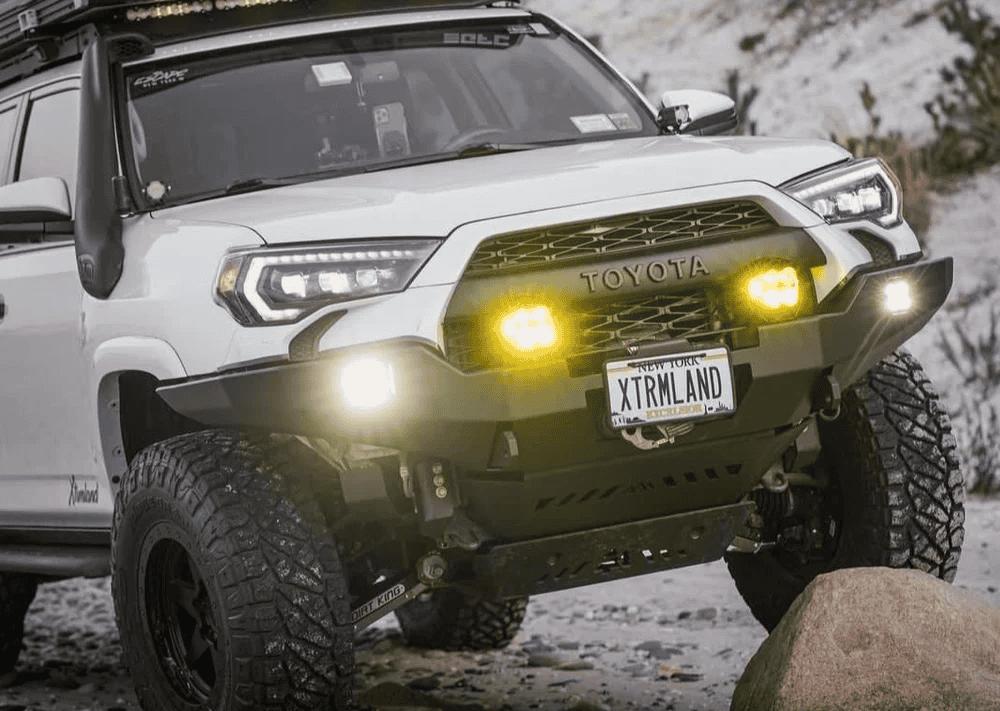Overland Vehicles

A moving vehicle is a concert of vibration, wind, and structure borne noise. Soundproofing installation quiets the cabin by addressing three pathways: vibration in the sheet metal, airborne sound that passes through panels, and resonance created by hollow cavities. The goal is not silence, it is control. With the right materials in the right order, you can cut fatigue, make conversations effortless, and hear your audio system without cranking the volume.
Effective treatments follow a layered strategy. Constrained layer damping tiles convert panel vibration into low grade heat, stopping the buzz at the source. Decouplers like closed cell foam separate hard surfaces so they cannot transmit energy. Mass barriers such as mass loaded vinyl add density that blocks mid to low frequency road roar. Finally, absorbers capture remaining reflections in the cabin so the space sounds natural rather than hollow.
Small decisions matter. A few square feet on high energy panels often outperforms a heavy coat everywhere. Adhesive quality, surface prep, and temperature during install all influence bond strength and long term performance. Done well, soundproofing installation can remove a surprising amount of harshness while adding only a modest amount of weight.
Think in roles, not brands. Damping stops panels from acting like drums. Absorption reduces echo and flutter inside the cabin. Barriers block airborne sound from entering in the first place. Decouplers prevent hard surfaces from touching, which keeps energy from jumping across layers. The most common stack on a floor is damping on metal, a thin decoupler, a dense barrier, then the finished surface.
Doors need special attention because they combine a metal skin and an interior panel with pathways for wires and latches. A light application of damping on the outer skin, then a sealed barrier layer behind the trim, can tighten bass response and remove hissing wind sounds. Roofs benefit from low weight damping to stop oil canning, plus a thermal acoustic liner to help with heat gain and rain impact noise.
Weight and moisture management are non negotiable. Closed cell foams resist water, while open cell absorption belongs inside sealed cavities or in areas where you can guarantee dryness. Avoid blocking drains, airbags, or service access points. A professional plan treats the big wins first so you feel results without compromising safety.
You can quantify improvement with a decibel meter app by recording at consistent speeds on the same road before and after. Measure at idle, city speeds, and highway cruise. Expect the biggest changes at lower and mid frequencies that cause fatigue. Subjective comfort improves even when the meter shows modest numbers because resonance is reduced across key bands.
Common mistakes include adding mass without stopping vibration, overstuffing cavities, or trapping moisture. Another pitfall is excessive weight in one zone that creates rattles or weakens fasteners. Use a balanced approach with just enough damping and a continuous barrier where it counts. Bonus gains come from sealing air leaks around grommets and panel interfaces.
Thermal performance rises alongside acoustic comfort. A properly layered build slows heat flow and stabilizes interior temperatures, easing the load on climate control systems. For adventure rigs that camp in varied climates, that means quieter nights and less energy spent on heating and cooling.
Dust and water intrusion require durable adhesives and smart edge sealing. Serviceability matters in remote travel, so keep wiring and access points reachable. Choose materials that tolerate heat cycles and vibration over rough terrain. Concentrate mass low in the chassis to protect handling. The outcome is a quieter, calmer cabin that stands up to real miles far from pavement.
Vehicle sound control is equal parts science and craft. For adventure builds and long haul travel, professional installation ensures the right material stack, safe routing, and durable results. Integrated with flooring, wall panels, cabinetry, and electrical, soundproofing becomes part of the system rather than an afterthought.
If you are planning an off grid rig or a long distance tourer, explore Overland rigs to see how acoustic treatment fits alongside suspension, power, and storage. Looking to add comfort to an existing platform without a full build, our Custom overland upfit approach can target floors, wheel wells, and doors for high impact gains. Curious about process, craftsmanship, and handoff experience, start here: Why choose OZK Customs.
Quiet cabins make every mile feel shorter. OZK Customs integrates soundproofing installation within complete custom builds and focused partial upfits for recreational vans, overland trucks, and commercial platforms. From planning through Adventure Point orientation, we design for comfort, serviceability, and real world durability. Tell us how you travel and we will spec a package that delivers measurable decibel reductions without compromising safety or weight balance.
Ready for a quieter cabin and a cooler ride on every mile. Tell us about your platform and how you travel. OZK Customs can integrate professional soundproofing into a complete custom build or a focused partial upfit so you get real decibel reductions without extra weight or lost service access. Submit the form and we will map your solution.
ADDRESS:
6159 E Huntsville Rd, Fayetteville, AR 72701
PHONE:
(479) 326-9200
EMAIL:
info@ozkvans.com